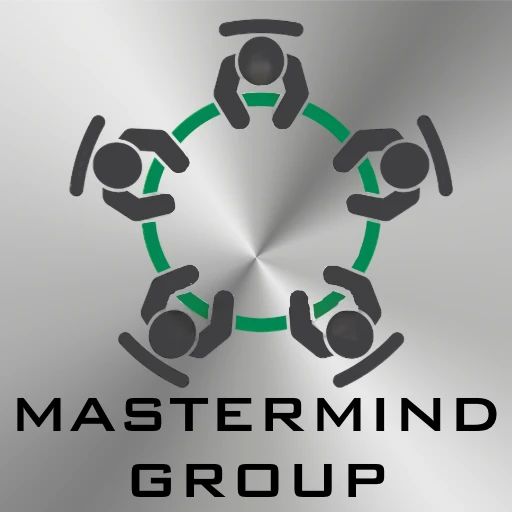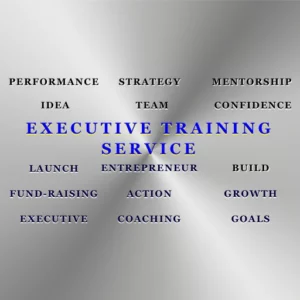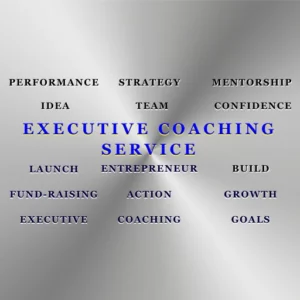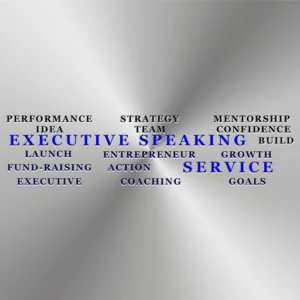EXECUTIVE MASTERMIND GROUP
In the dynamic and ever-evolving landscape of corporate leadership, the role of executives extends beyond individual decision-making. Executives face complex challenges, rapid changes, and the need for continuous innovation. Executive mastermind groups have emerged as a powerful and strategic approach to address these demands and foster professional growth. This article explores the critical components of executive mastermind groups, their benefits, and how they contribute to developing influential leaders and organizational success.
In the dynamic and ever-evolving landscape of corporate leadership, the role of executives extends beyond individual decision-making. Executives face complex challenges, rapid changes, and the need for continuous innovation. Executive mastermind groups have emerged as a powerful and strategic approach to address these demands and foster professional growth. This article explores the critical components of executive mastermind groups, their benefits, and how they contribute to developing influential leaders and organizational success.
Understanding Executive Mastermind Groups
Executive Mastermind Groups are collaborative forums that bring together a select group of accomplished and high-level executives to engage in structured discussions, share insights, and collectively solve challenges. Rooted in the concept of mastermind alliances introduced by Napoleon Hill in the early 20th century, these groups provide a confidential and supportive environment for executives to tap into their peers’ collective intelligence, experience, and diverse perspectives.
These groups typically consist of executives from various industries, each with unique skills, experiences, and leadership styles. The aim is to foster a collaborative space where members can openly discuss their challenges, seek advice, share best practices, and collectively strategize to overcome obstacles. Executive Mastermind Groups often use facilitators backed by experienced coaches who guide the discussions, ensure a structured format, and promote a culture of trust and confidentiality.
Critical Components of Executive Mastermind Groups
- Selective Membership
Executive Mastermind Groups carefully curate their membership, selecting executives with diverse perspectives, expertise, and a commitment to active participation. The selective nature of these groups ensures a high level of engagement and creates a community of trusted peers.
- Confidentiality and Trust
Confidentiality is a fundamental principle of executive mastermind groups. Members commit to a code of conduct that includes maintaining the confidentiality of discussions within the group. Confidentiality creates a trust-filled environment where executives feel comfortable sharing challenges, vulnerabilities, and insights.
- Structured Meetings
Executive Mastermind Group meetings follow a structured format to maximize effectiveness. Meetings may include rounds of updates, focused discussions on individual challenges, collaborative problem-solving sessions, and time for strategic planning. The structure ensures that meetings are productive and well-utilized.
- Facilitation by Experienced Coaches
Many executive mastermind groups use experienced coaches or facilitators who guide the discussions, ensure equal participation, and bring valuable insights to the group. Facilitators help maintain focus, encourage a more profound exploration of topics, and facilitate constructive conversations.
- Goal Setting and Accountability
Members of executive mastermind groups often set individual and collective goals. The group serves as an accountability mechanism where members report on progress, share successes, and seek support in overcoming obstacles. Goal-setting fosters a culture of continuous improvement and achievement.




